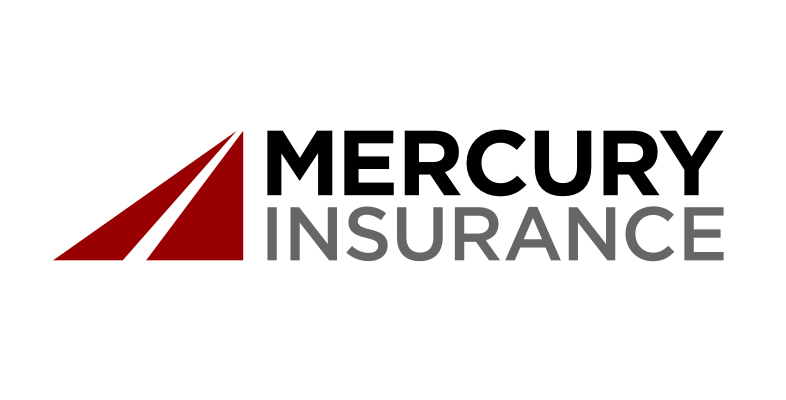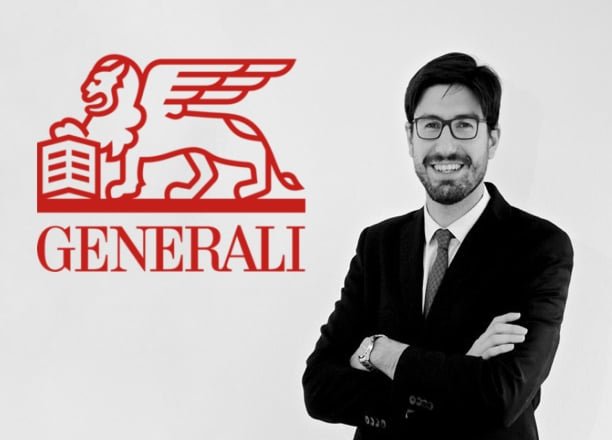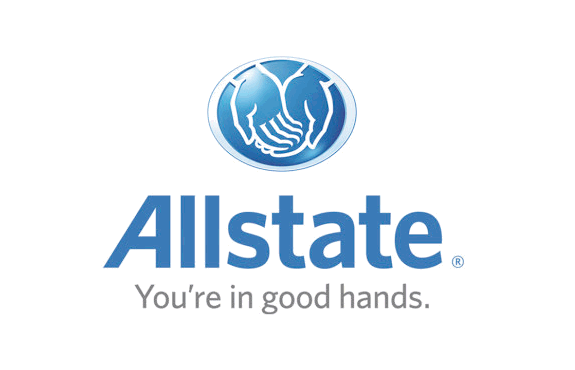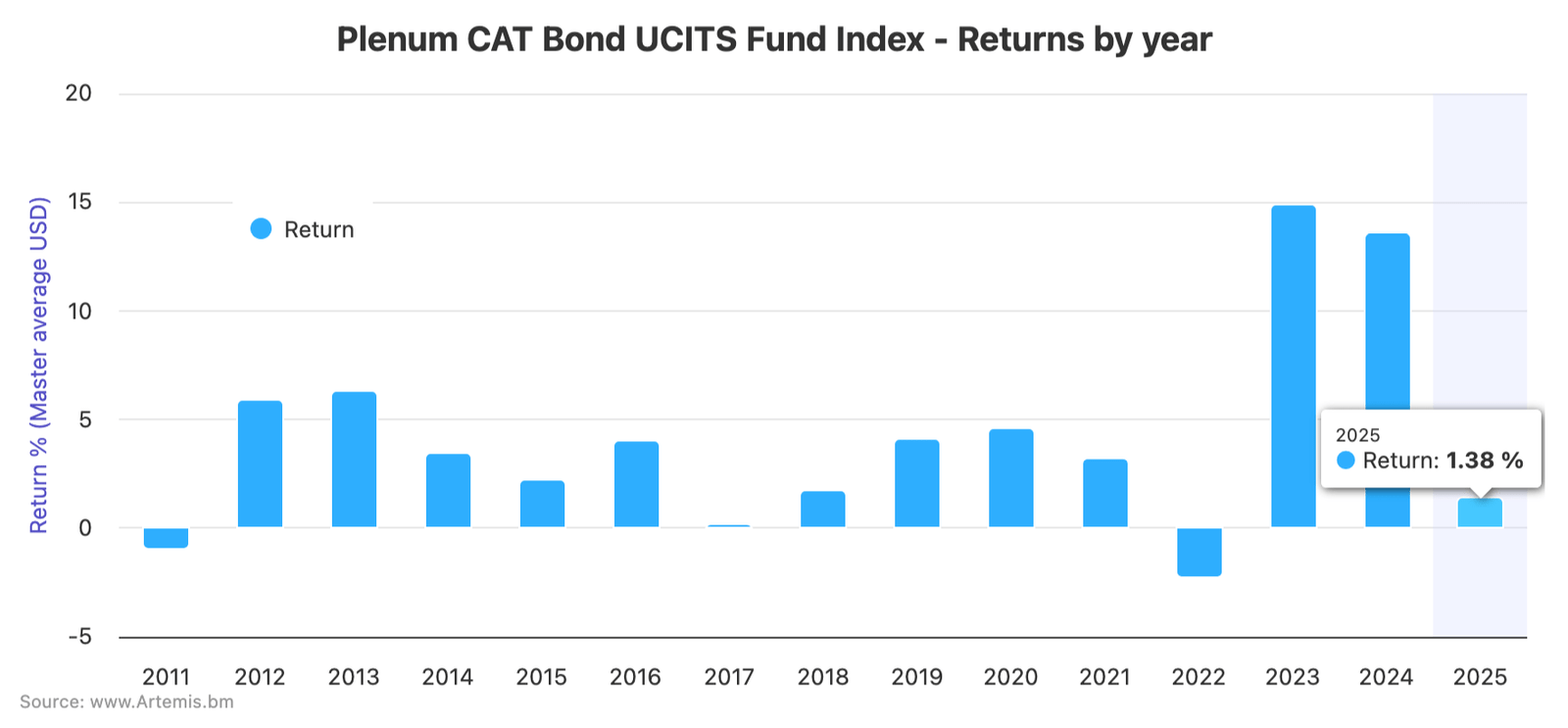This content is copyright to www.artemis.bm and should not appear anywhere else, or an infringement has occurred.
The potential for subrogation recoveries to be made if a utility is deemed responsible for its equipment starting one of the recent wildfires in Los Angeles, California, may be the deciding factor in whether insurer Mercury claims for the fires as one event or two under its reinsurance, the firm’s CEO said yesterday.
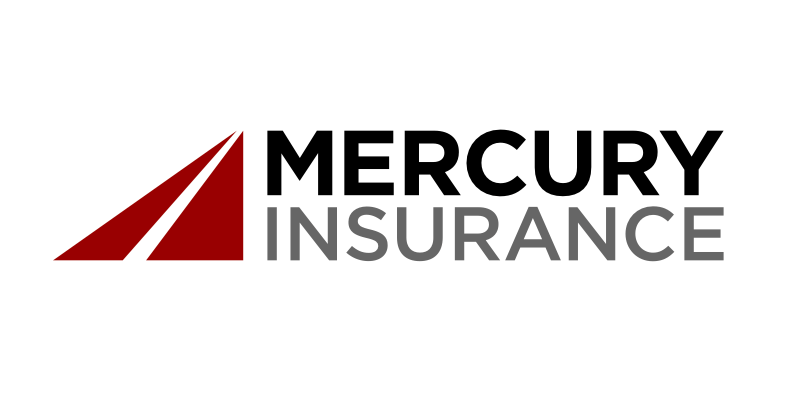 Recall that, Mercury had explained that the California wildfires would result in losses for the company that exceed its reinsurance retention of $150 million.
Recall that, Mercury had explained that the California wildfires would result in losses for the company that exceed its reinsurance retention of $150 million.
At that time, Mercury Insurance also said that it had not yet determined whether it would consider the Eaton and Palisades fires as one or two separate events under its reinsurance arrangements, which it believed it would be allowed to do and would affect recoveries made.
Then, Mercury provided its first estimate for losses from the wildfires, saying that gross catastrophe losses before any share of FAIR plan losses, are expected to fall in a range of $1.6 billion to $2.0 billion, while net catastrophe losses after reinsurance recoveries but before taxes from the wildfires are estimated at $155 million to $325 million.
During the firm’s earnings call yesterday, CEO Gabe Tirador said that Mercury believes it has a strong case related to subrogation for the Eaton fire and intends to pursue this. The Palisades fire was not mentioned and at this time seems less likely to result in a subrogation recovery, given no legal action has been pursued as far as we are aware.
“We believe there is strong video and other evidence that shows utility equipment caused the Eaton fire. We estimate the range of recovery to be in the 40% to 70% range,” Tirador said.
“In several previous wildfire events caused by utility company equipment we sold our subrogation rights, but we have not determined whether we will do so with the Eaton fire. There is active interest in purchasing the companies subrogation rights.”
Ted Stalick, CFO further explained, “Since 2017 there’s been something like 15 utility-caused wildfires, where there’s been recoveries by the insurance companies, including Mercury.
“The recoveries on those events range from around 55% to 70%. So there’s a well established track record of utilities paying out substantial recovery fees on previous wildfires.
“We do have a very active interest in Mercury selling our subrogation rights. Obviously, if you sell them the amount is something less than what the ultimate recovery would be and we are evaluating that at this point in time.
“There is very strong evidence that the Eaton fire was caused by utility company equipment. There’s video of the lines arcing and the fire starting at the bottom of the transmission tower, and we’re going to aggressively pursue subrogation, especially for the Eaton event.”
After which, CEO Tirador explained, “With our subrogation potential, I think the likelihood of us classifying this as two events is less likely, but it’s an option. I believe that we’ll probably make a decision on that relatively soon.”
As we had previously reported, the topic of potential recoveries from subrogation of claims was raised in relation to the Eaton fire, with electrical utility Southern California Edison in focus as questions arose over whether its equipment may have caused any of the blazes.
As we’ve also explained, Mercury’s Randolph Re privately placed catastrophe bond deal, issued in July 2024, was a $45.5 million privately placed transaction that provides Mercury with collateralized catastrophe reinsurance protection against wildfire losses in California and is considered at-risk.
Other insurance firms with significant exposure to losses from the wildfires will also be factoring the potential for subrogation into their assumptions. But subrogation claims take time and legal action can run for months, while at the same time some subrogation claims can be sold to investors, which can ultimately complicate assessments for how much value may end up being recovered and flow through the market chain and back to reinsurance capital providers.
Read all of our coverage related to the Los Angeles, California wildfires here.
Subrogation may decide if LA fires one event or two for Mercury under its reinsurance was published by: www.Artemis.bm
Our catastrophe bond deal directory
Sign up for our free weekly email newsletter here.
This content is copyright to www.artemis.bm and should not appear anywhere else, or an infringement has occurred.
The potential for subrogation recoveries to be made if a utility is deemed responsible for its equipment starting one of the recent wildfires in Los Angeles, California, may be the deciding factor in whether insurer Mercury claims for the fires as one event or two under its reinsurance, the firm’s CEO said yesterday.
 Recall that, Mercury had explained that the California wildfires would result in losses for the company that exceed its reinsurance retention of $150 million.
Recall that, Mercury had explained that the California wildfires would result in losses for the company that exceed its reinsurance retention of $150 million.
At that time, Mercury Insurance also said that it had not yet determined whether it would consider the Eaton and Palisades fires as one or two separate events under its reinsurance arrangements, which it believed it would be allowed to do and would affect recoveries made.
Then, Mercury provided its first estimate for losses from the wildfires, saying that gross catastrophe losses before any share of FAIR plan losses, are expected to fall in a range of $1.6 billion to $2.0 billion, while net catastrophe losses after reinsurance recoveries but before taxes from the wildfires are estimated at $155 million to $325 million.
During the firm’s earnings call yesterday, CEO Gabe Tirador said that Mercury believes it has a strong case related to subrogation for the Eaton fire and intends to pursue this. The Palisades fire was not mentioned and at this time seems less likely to result in a subrogation recovery, given no legal action has been pursued as far as we are aware.
“We believe there is strong video and other evidence that shows utility equipment caused the Eaton fire. We estimate the range of recovery to be in the 40% to 70% range,” Tirador said.
“In several previous wildfire events caused by utility company equipment we sold our subrogation rights, but we have not determined whether we will do so with the Eaton fire. There is active interest in purchasing the companies subrogation rights.”
Ted Stalick, CFO further explained, “Since 2017 there’s been something like 15 utility-caused wildfires, where there’s been recoveries by the insurance companies, including Mercury.
“The recoveries on those events range from around 55% to 70%. So there’s a well established track record of utilities paying out substantial recovery fees on previous wildfires.
“We do have a very active interest in Mercury selling our subrogation rights. Obviously, if you sell them the amount is something less than what the ultimate recovery would be and we are evaluating that at this point in time.
“There is very strong evidence that the Eaton fire was caused by utility company equipment. There’s video of the lines arcing and the fire starting at the bottom of the transmission tower, and we’re going to aggressively pursue subrogation, especially for the Eaton event.”
After which, CEO Tirador explained, “With our subrogation potential, I think the likelihood of us classifying this as two events is less likely, but it’s an option. I believe that we’ll probably make a decision on that relatively soon.”
As we had previously reported, the topic of potential recoveries from subrogation of claims was raised in relation to the Eaton fire, with electrical utility Southern California Edison in focus as questions arose over whether its equipment may have caused any of the blazes.
As we’ve also explained, Mercury’s Randolph Re privately placed catastrophe bond deal, issued in July 2024, was a $45.5 million privately placed transaction that provides Mercury with collateralized catastrophe reinsurance protection against wildfire losses in California and is considered at-risk.
Other insurance firms with significant exposure to losses from the wildfires will also be factoring the potential for subrogation into their assumptions. But subrogation claims take time and legal action can run for months, while at the same time some subrogation claims can be sold to investors, which can ultimately complicate assessments for how much value may end up being recovered and flow through the market chain and back to reinsurance capital providers.
Read all of our coverage related to the Los Angeles, California wildfires here.
Subrogation may decide if LA fires one event or two for Mercury under its reinsurance was published by: www.Artemis.bm
Our catastrophe bond deal directory
Sign up for our free weekly email newsletter here.

